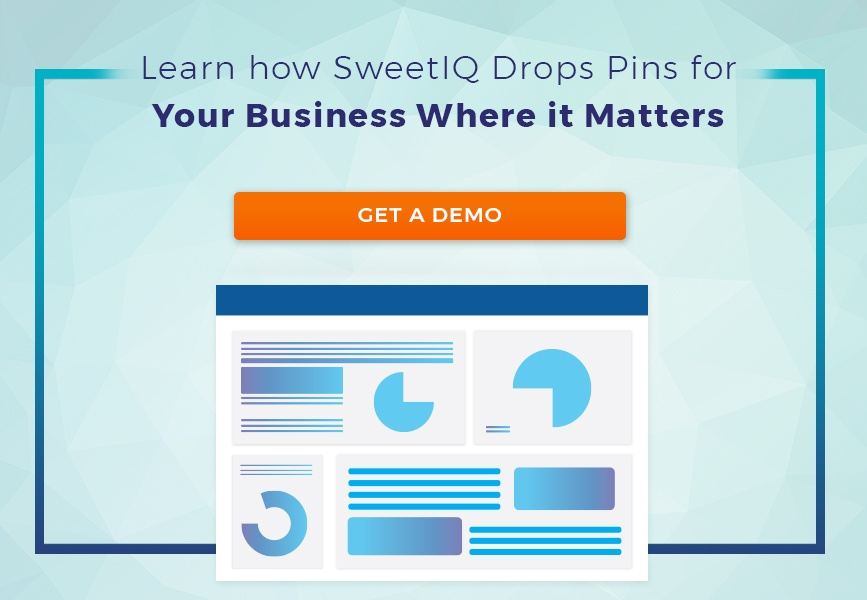- Posted
- By Carla Bragagnolo
- comments
When you think of Bing, what comes to mind? A year ago you may have dismissed, like many others in the search industry, Microsoft’s attempt to take on search considering Google’s steadfast monopoly. But Microsoft’s refusal to give up on search is more than earnest. Bing became profitable in October of 2015, and contributed a cool $1 billion to Microsoft’s bottom line in Q1 2016. Bing owns nearly a quarter of the global search market share, specifically 21.6%. That’s a lot of searching.
Still not convinced by Big Bing? Our beginner’s guide illustrates Bing’s evolution over the past couple of years, proving you should turn your attention to the little search engine that can. Once you’re sold, you can start mapping out your local marketing strategy accordingly (we can help you with that.)
1. Bing is a Rising Star
Since Bing’s humble beginnings in 2009, the search engine has slowly been eating away at Google’s market share. In the past three years, Google’s share has dropped from 66.9% to 63.8% while Bing’s has risen from 18.1% to 21.6%. Bing had a faster-growing share of the market than even Google.
In April 2016, Bing’s share actually rose 0.2% while Google’s dropped 0.2%. While these changes are not colossal, it shows a growing trend of people choosing to take their searches away from the search behemoth. Bing’s steady increase has been credited to new products released by Microsoft over the last year, as well as new partnerships. The release of Windows 10 in July of 2015, of which Bing is the default search, engine as well as Microsoft’s role in delivering search results for Apple’s Siri make Bing more prevalent in the marketplace.
2. Bing Offers Significant Local Search Value
As part of Microsoft’s quest to make Bing a contender in search, local marketing has been an important focus. Local has been built into Bing as an important feature of the search engine, and Microsoft is continuously working to position Bing as an important member of the local ecosystem. Under Bing’s umbrella of tools is Bing Local: a business listing search engine returning business details and reviews to best match geofilters and keywords.These results appear at the top of the SERP (search engine results page). All else equal, a business has a better chance of appearing at the top of Bing’s local results because Bing highlights more local results before the fold. On desktop searches, Bing returns up to 9 local results in a pop-out banner across the top of the SERP. For mobile iOS devices 4-5 local results appear whereas on Android devices 3 appear with the option to swipe left to view 3 more.
3. Important Demographics Use Bing
While Bing has a smaller share of the search market, their demographic is highly targeted. As the default search engine on many Microsoft products, 87% of Bing users come from Edge (previously Internet Explorer), which is the default web browser on Windows 10.
With this knowledge we can make some educated guesses about the type of person most often found searching on Bing: Microsoft product consumers tend to be older, middle class, and less tech-y. Comscore’s most recent study on Bing demographics is closely in line with this image. The statistics paint a picture of an older, well-educated demographic making a comfortable living. An overwhelming 85% of Bing’s traffic comes from the US, so if that is where your target market lives Bing is an excellent place to get listed. Here’s some interesting stats:
♦48% of Bing users make over $75 000 a year.
♦51% of Bing’s audience is female.
♦85% of Bing’s traffic comes from the US.
♦72% of Bing’s audience is 35 and older
4. Bing’s Biggest Value to Your Marketing Strategy
Bing’s widespread reputation as the underdog in search is actually its biggest value to you as a local marketer. The Bing Network includes 60 million unique searchers that can only be reached via Bing. A quarter of clicks come from searches that are exclusive to the Bing Network, and that includes unique searches versus Google. But the competition is much lower than on Google. Google has not publicly shared the number of verified businesses on Google Places since 2011 (8 million), with 2014 estimates of 20 million verified locations and growing. The only information offered on Bing is that “millions” of local businesses are verified on Bing Places. We can infer from the search engine market share breakdown and from the fact that Google experiences double to sometimes more than triple the number of advertisers than Bing that there is much less competition on Bing.



